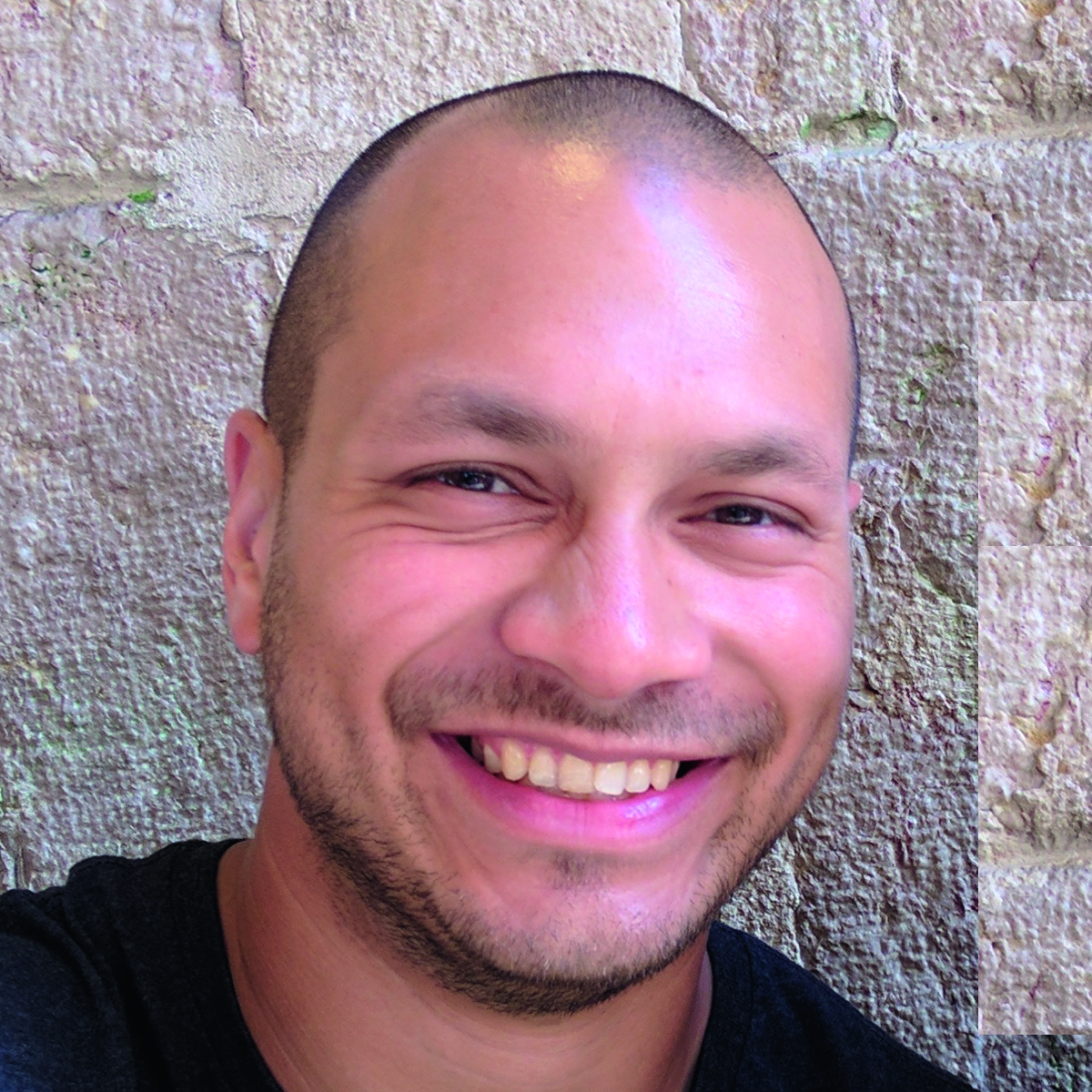What is autotomy?
Although all animals can replace certain body parts, some are also capable of growing lost limbs, organs and even entire bodies – an ability to regenerate that rivals the superpowered ‘healing factor’ used by fictional characters such as Deadpool or Wolverine. This special ability is used not only to replace tissues, but it enables some creatures to shed body parts through self-amputation or ‘autotomy’.
What’s the difference between repair and regeneration?
Repair is restoration of a diseased or damaged body part, while regeneration involves its complete replacement. They are alternative strategies for dealing with physical trauma, which is a trade-off between speed and precision. Replacing a part may be best in the long run, but regeneration takes time that an animal doesn’t have if it’s bleeding to death or an infection is spreading. Fixing defective parts quickly is a better strategy for short-term survival.
Both strategies connect cells using a fibrous connective protein, collagen, but fibres are arranged differently: regeneration is analogous to creating fabric by weaving, while repair is similar to closing a hole by stitching, which can leave scar tissue.
Which animals can regenerate?
All animals do it, but to varying degrees. Regeneration is typically limited among species with elaborate bodies, although bony fish can replace spinal cords and salamanders (lizard-shaped amphibians such as newts) can regrow limbs. Some simple creatures, including flatworms and Hydra (relatives of jellyfish), are able to regenerate their bodies from tiny fragments throughout their lives.
As an individual gets older, it generally becomes less capable of replacing complex structures, such as an organ or an appendage. Even in younger animals, the power to regenerate varies across the body. The heart and joints are hard to replace because they’re in constant or regular use, for example, but skin, liver and blood cells are continually replaced.
- What is bioluminescence and why and how do some animals, including glow worms, glow?
- What is superfetation?
What makes regeneration possible?

Stem cells! Whereas most tissues in a fully developed adult are specialised for distinct roles (heart muscle is used to pump blood, for example), stem cells can produce a variety of different cell types.
Regeneration of complex structures, which are made up of various cell types, reactivates processes that naturally occur in a developing embryo. Harnessing the power of embryonic development helps explain the uncanny abilities of the axolotl, a salamander that reaches sexual maturity while maintaining an aquatic lifestyle and retaining juvenile features like external gills.
How do limbs grow back?
Scientists have revealed the step-by-step process by removing body parts and studying the growth of their replacements. After the amputation of a salamander’s leg, for example, molecules spill out of ruptured cells while an epidermis covers the stump, which attracts stem cells to the wound. The stem cells form a mass of embryo-like tissue called a ‘blastema’ that develops into a limb bud, then gradually morphs into a new leg.
Because cells divide rapidly in the blastema, limb regrowth must be tightly regulated to prevent the out-of-control cell division that leads to cancer. That potential drawback might explain why regeneration isn’t more widespread in adult animals.
How do hammerhead worms regenerate from tiny pieces?
Hammerhead worms possess a type of stem cell called neoblasts that can transform into any other cell type in the body. These neoblasts migrate to the site of injuries and start a process similar to embryonic development to rebuild an entire body.
Why do animals shed body parts?
Prey might deliberately drop a part to distract a predator and escape. The most well-known case is tail-shedding by anole lizards – although their ability isn’t as impressive as it first seems because the replacement is an inferior copy of the original. Such self-amputation or autotomy (‘self-severing’ in Greek) is found in groups across the animal kingdom, from vertebrates to gastropods.
In fact, the most dramatic autotomy occurs in the Elysia sea slug, which can shed its whole body (possibly to get rid of internal parasites) then grow a new one in three weeks. This feat is made possible despite the lack of a digestive system because slugs host photosynthetic algae that make food using sunlight. Being able to regenerate a body from little more than a decapitated head is a superpower far greater than the healing factor you see in superhero movies!
Main image: anole lizard © Getty Images
